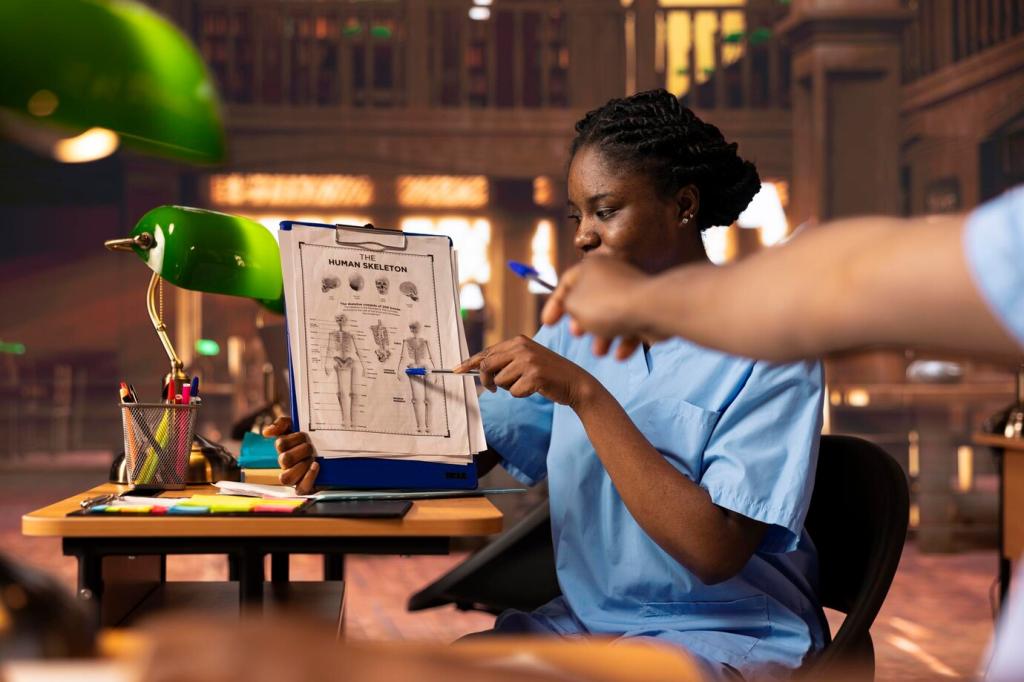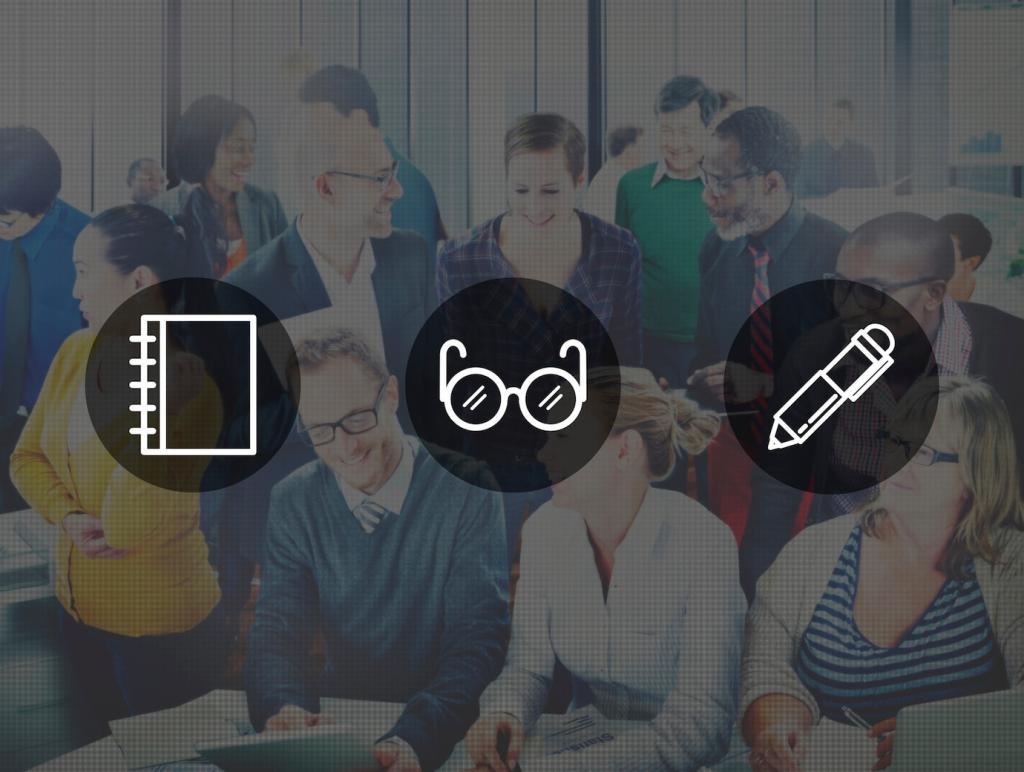Technology as a Green Learning Tool
Opt for platforms with efficient coding, dark modes, and offline caching. Encourage asynchronous learning to reduce streaming. Small choices across hundreds of learners compound, proving that digital experiences can be powerful and lighter.
Technology as a Green Learning Tool
Students can log air quality, track pollinators, and record urban heat islands. By contributing to open databases, they see their observations shape research, policy conversations, and local planning. Participation builds confidence and civic engagement.








